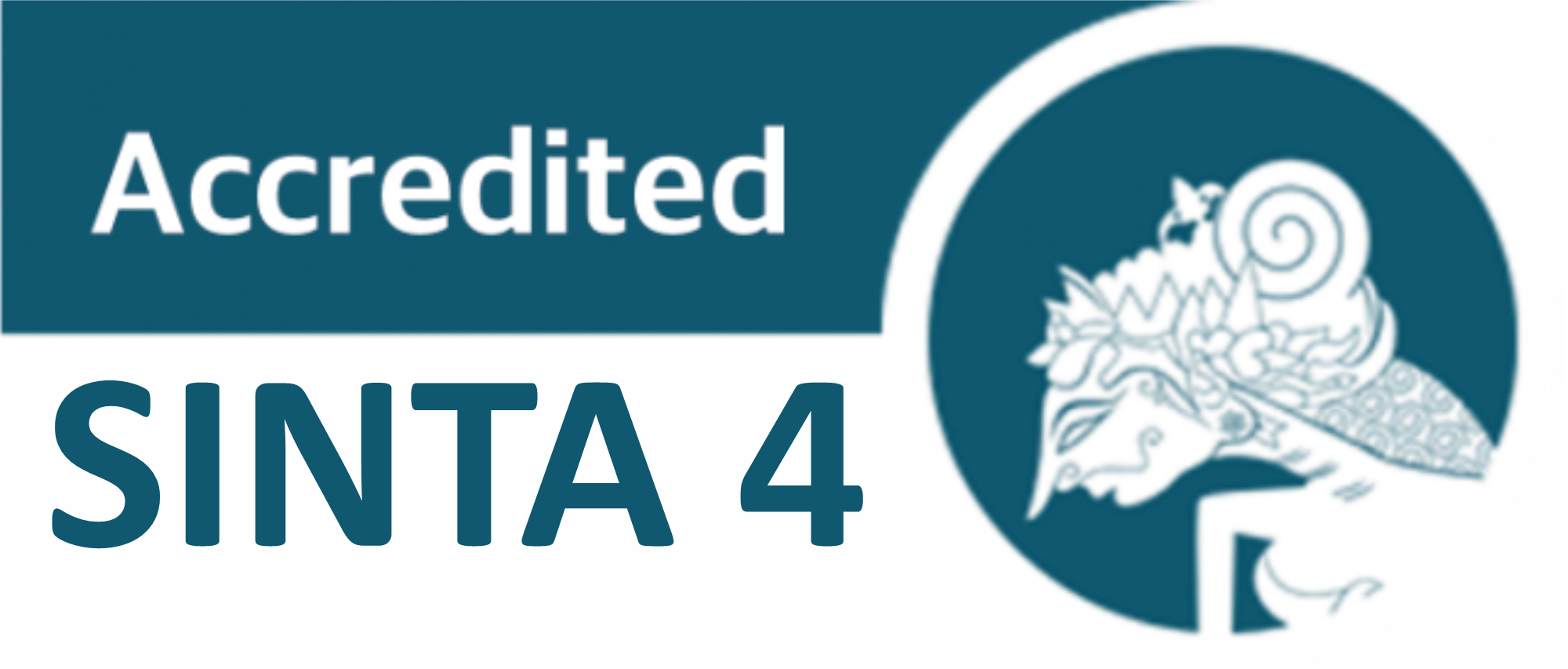RATS as a Symbol of Corruptors in the Conceptualization of Dark Art Paintings Utilizing Drawing Techniques
DOI:
https://doi.org/10.24114/gr.v14i1.64418Keywords:
Rats, Symbol, Corruptors, Dark Art, PaintingAbstract
This study investigates the utilization of rats as symbolic representations of corruptors within the context of creating dark art paintings employing drawing techniques. Rats were selected due to their association with greed, cunning, and destructive nature, which effectively encapsulate corrupt behavior. The dark art movement serves as a visual approach to convey the moral and societal consequences of corruption, with a particular emphasis on evoking a somber and symbolic atmosphere. Drawing techniques that prioritize intricate line details and shadow play are employed to explore the emotional and narrative elements of the artwork. The media utilized include pencils, drawing pens, charcoal, and ink on watercolor paper. The outcomes of the artwork creation demonstrate that the incorporation of rat symbols within dark art compositions can effectively convey messages of social criticism regarding corruption. The amalgamation of dark elements, dramatic textures, and rat symbolism results in works that not only possess aesthetic value but also serve as a medium of reflection and education for the community. The drawing technique offers flexibility in conveying visual details, thereby enhancing the representation of the underlying messages conveyed in the painting.References
Aspinal, Edward Sukmajati. 2015. Money Politics in Indonesia: Patronage and Clientelism in the 2014 Legislative Elections.
Amalia Dora (Editor-in-Chief), 2017, Big Indonesian Dictionary, Fifth Edition, 7th printing, Language Development and Fostering Agency, Ministry of Education and Culture of the Republic of Indonesia, Balai Pustaka District Court, Jakarta.
Gustami, SP (1980). Indonesian Ornamental Art. Yogyakarta: ASRI.
Hendriyana, M. (2019). Research Methodology for the Creation of Works. Bandung: CV. Pilar Nusantara.
Hutchins, J. C., & Weisman, J. (2009). Personal effects: Dark arts. St. Martin's Griffin.
M. Corruption Syndrome, Wealth, Power, and Democracy, by Johnston (2005), Cambridge University Press, New York.
M. Shefter, (1994) Political Parties and the State. New Jersey: Princeton University Press.
Rawson, P. (2016). Drawing. University of Pennsylvania Press.
Rose-Ackerman S. (1999) Corruption and Government, Causes, Consequences and Reform, Cambridge, UK : Cambridge University Press.
Aisyah. (2014). Shading Ability in Drawing Shapes of Grade X Students of SMA Negeri 1 Labakkang, Pangkep Regency. Unpublished thesis. Makassar: Faculty of Art and Design, Makassar State University.
Dalimunte EL, Sugito, Sinaga, O., Tarigan, N. (2019). The Relationship between the Ability to Draw Shapes and Draw Ornaments with Learning Outcomes of Modifying Batak Angkola Ornamental Motifs in Students of SMP Negeri 28 Medan, Gorga Jurnal Seni Rupa, 8(1), 81-85.
Ramadhan, M. (2016). The Ability to Draw Shapes Through Direct Learning Models in Class VIII Students of SMP Negeri 4 SATAP Donggo, Bima Regency. Unpublished thesis. Makassar: Faculty of Teacher Training and Education, Muhammadiyah University of Makassar
Syarifuddin, M. (2017). Strategy to Improve Drawing Techniques Through Sketch Method of Class VII A Students of SMP Negeri 28 Makassar. Unpublished thesis. Makassar: Faculty of Art and Design, Makassar State University.
Adelina, F. (2019). Forms of political corruption. Indonesian Legislation Journal, 16(1), 59-75.
Asa, FO, Ahdi, S., & Elapatsa, A. (2021). The phenomenon of corruption: Rats as painting inspiration. Gorga: Jurnal Seni Rupa, 10(2), 508-514.
Dewanto, AMR (2017). Feelings of Fear as an Inspiration for the Creation of Pop-Dark Art Paintings. (530-539)
Djufri, D. (2022). Political system and elections in Indonesia. Intelektiva, 3(10), 88
Putri, D. (2021). Corruption and Corrupt Behavior. Tarbiyah bil Qalam: Journal of Religious Education and Science, 5(2).
Putra, NR, & Linda, R. (2022). Corruption in Indonesia: The challenge of social change. Integritas: Journal of Anti-Corruption, 8(1), 13–24.
Ismansyah, & Sulistyo, PA (2010). Problems of corruption, collusion, and nepotism in the regions and strategies for overcoming them. Democracy, 9(1).
Ismurdyahwati, I. (2023). Drawing, representation of inner space. Deconstruction Journal, 09(02). Adi Buana PGRI University, Surabaya.
Fajar, SA (2024, January 17). Nepotism as a Culture of Political Corruption in Indonesia. Hendriyana, M. (2019). Research Methodology for the Creation of Works. Bandung: CV. Pilar Nusantara.
Downloads
Published
How to Cite
Issue
Section
License
Copyright (c) 2025 Andreas Christ Daniel Pinem, Muslim Muslim

This work is licensed under a Creative Commons Attribution-ShareAlike 4.0 International License.
Copyright
Authors published in this journal agree to the following terms:
- The copyright of each article is retained by the author (s).
- The author grants the journal the first publication rights with the work simultaneously licensed under the Creative Commons Attribution License, allowing others to share the work with an acknowledgment of authorship and the initial publication in this journal.
- Authors may enter into separate additional contractual agreements for the non-exclusive distribution of published journal versions of the work (for example, posting them to institutional repositories or publishing them in a book), with acknowledgment of their initial publication in this journal.
- Authors are permitted and encouraged to post their work online (For example in the Institutional Repository or on their website) before and during the submission process, as this can lead to productive exchanges, as well as earlier and larger citations of published work.
- Articles and all related material published are distributed under a Creative Commons Attribution-ShareAlike 4.0 International License.
License
Gorga : Jurnal Seni Rupa is licensed under a Creative Commons Attribution-ShareAlike 4.0 International License.










